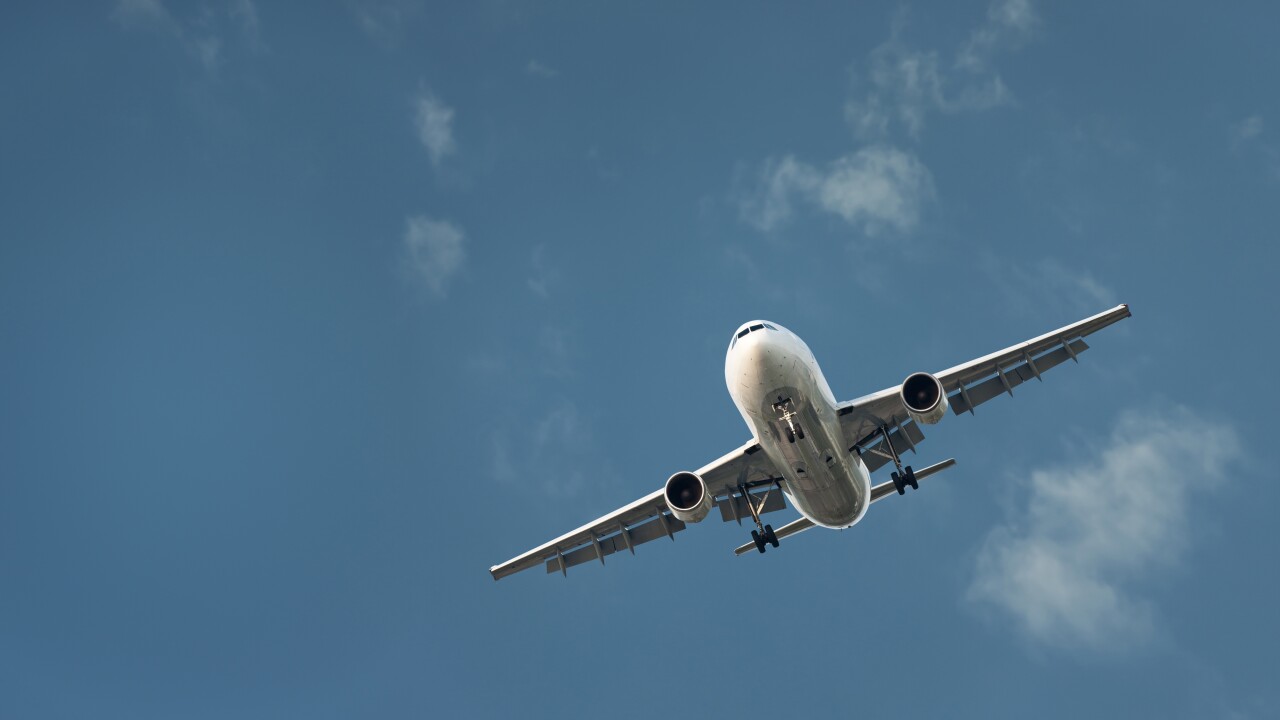Navigating an airport and airplane looks different for Dave Stevens. He was born without legs and uses a skateboard to get through the narrow aisles to his seat.
He's found a way to adapt but wants airlines and the federal government to do more to make air travel accessible for everyone - especially for the more than 60 million Americans with disabilities.
"There's no consistency with what happens when you go to the airport. Everybody has their own way of handling things. And the problem for people with disabilities is they take our equipment, they ruin it, they destroy it. I personally have had 15 wheelchairs destroyed."
Stevens is on the board of the non-profit Easterseals Capitol Region and Eastern Connecticut.
Easterseals Capital Region & Eastern Connecticut is one of 70 affiliates around the United Statesheaded nationally by President and CEO, Kendra Davenport.
Click here to see the Easterseals' PSA on air travel accessibility.
"I think it's pretty haphazard right now. And I don't think the airlines are doing nearly enough," said Davenport.
Here are some changes airlines have in the works.
While it's not in use yet, Delta debuted a prototype for a wheelchair-friendly seat, which folds up, allowing the person to sit in their wheelchair during the flight.
United announced its entire fleet will have braille in airplane cabins by 2026.
Also, federal regulations require new single-aisle planes delivered by 2035 to have accessible bathrooms.
That's just not satisfactory. Come on. I mean, that just is more than 10 years from now," said Davenport.
"It's not just about getting the person safely on the plane."
"That's just part of it. The challenges begin for someone with a disability the minute they try to park their car at the airport. there's not accessible parking."
Disability advocates say we have a long way to go.
"I'm very lucky that I have the way that I do it. I walk on my arms, I get up and get into my seats and everything, but we're trying to battle for those that can't," said Stevens.




